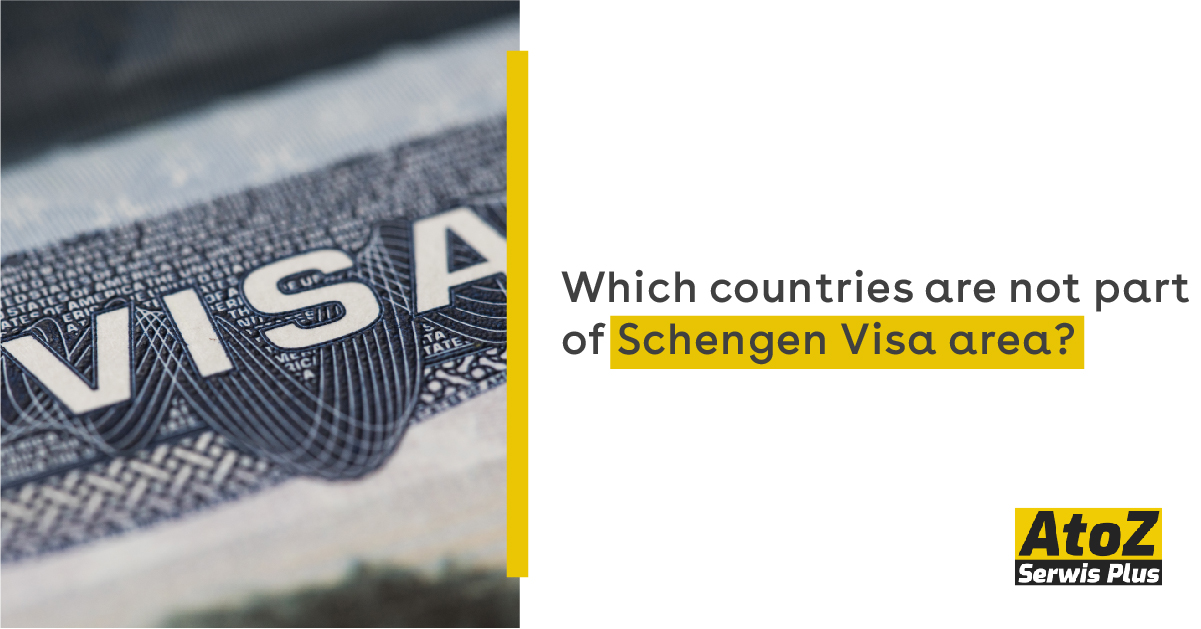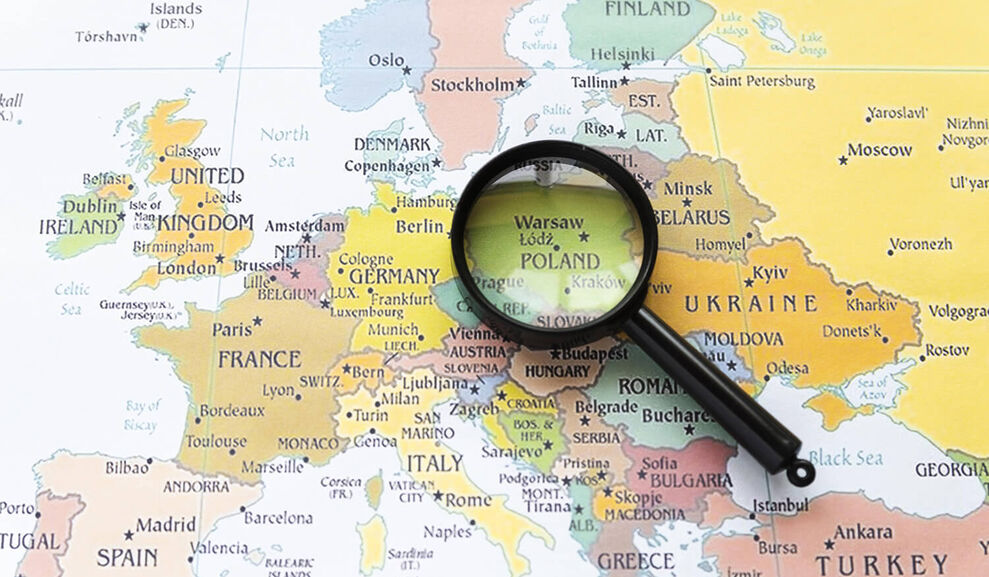

Which countries are not part of Schengen Visa area?
Which European countries are outside of the Schengen Zone?
Although 26 countries in Europe are in the Schengen Area, including France, Germany, Italy, and the Netherlands, not all countries in lie within the zone, and thus, have border controls with Schengen countries. They require you to apply for a national travel visa.
Non Schengen EU countries list:
- Bulgaria
- Romania
- Croatia
- Cyprus
- Ireland
- United Kingdom
What are other non Schengen countries ?
Although 26 countries are inside the Schengen Zone, including most nations in mainland Europe - not every European state is inside the area where border checks have been abolished. Countries we associate with Europe that aren’t in the Schengen Zone include Eastern European states like:
- Albania,
- Armenia,
- Azerbaijan,
- Belarus,
- Bosnia & Herzegovina,
- Macedonia,
- Moldova,
- Montenegro,
- Serbia,
- Ukraine.
The microstates of Andorra, Monaco, and Vatican City are also not members - but are considered as de facto inside the area, as they do not impose border controls.
Romania, Bulgaria, Croatia, and Cyprus are also outside of the Schengen Zone but are legally obliged to join as members of the European Union at some point in the future. Russia is not a member of the free travel area.
Non-EU countries that are part of the Schengen area
Four non-EU countries - Switzerland, Liechtenstein, Norway, and Iceland - are members of the area. Countries outside of the area impose border checks on travelers coming from the Schengen Zone, but many have visa-free travel arrangements as EU members or countries that have signed visa-free travel agreements with the Schengen states.
Why are some EU countries not in the Schengen Area, and other non-EU countries are?
When the Schengen Agreement abolishing border controls was signed by EU countries in 1995, some countries secured opt-outs allowing them not to be part of the free travel area. Other countries that joined the EU at a later date did not immediately join the area, but may in the future. Some states that are not in the EU, also signed up to the Agreement and became Schengen states.
Is the U.K. part of the Schengen Area?
For many years, the U.K. and the Republic of Ireland were within the European Union but not signed up to the Schengen Agreement, having obtained opt-outs from the treaty. However, the U.K. is in the process of leaving the European Union, having voted to leave in 2016, and having officially exited on 31 January 2020. As a result, the British government is transitioning to a new relationship with the European Union and modifying its own visa and travel arrangements. Ireland, however, remains inside the EU - but is still no longer within the Schengen Area.
When planning to travel in these countries in addition to the Schengen Area, you should check the local visa requirements of the nation you are planning to travel to, and make an application.
What are the visa requirements for non-Schengen countries? Are they similar to the Schengen Area?
Each will have their own visa requirements, yet, many will share the same basic principles. These include proving you have a valid passport, providing biometric data, a legitimate reason to visit, the means to support yourself during your stay, and valid travel or medical insurance.
How can AXA help if I am traveling to a non-Schengen country?
AXA’s Schengen Europe Travel Insurance offers extended coverage wherever you travel in the Schengen Area or in the wider EU region. It also provides the mandatory insurance certificate needed for a Schengen visa. The countries covered include the Schengen Area and all European Union countries (Ireland, Bulgaria, Romania included), plus the microstates of Lichtenstein, San Marino, Andorra, Monaco, and Vatican City.





